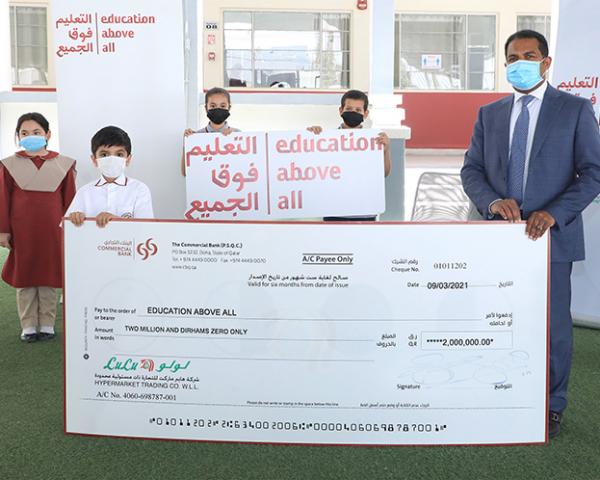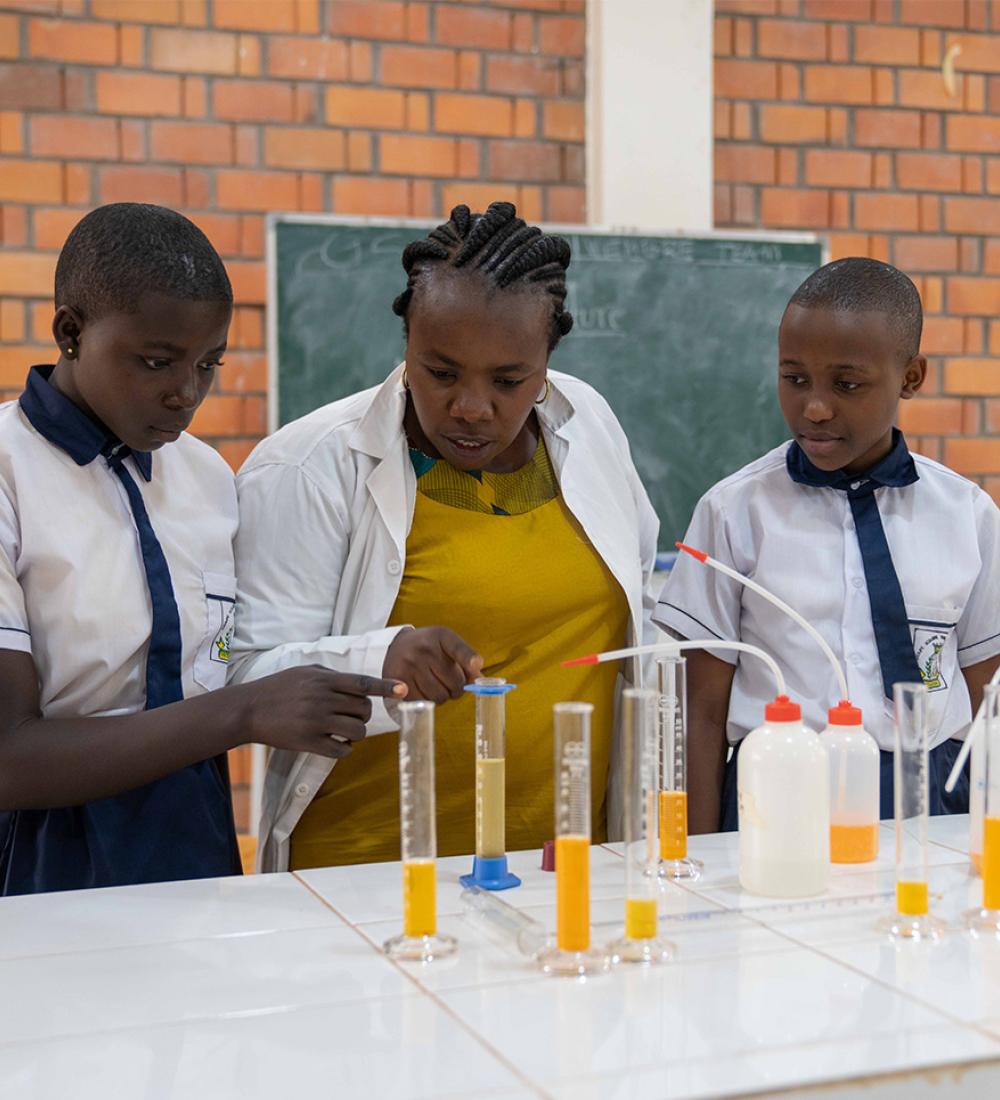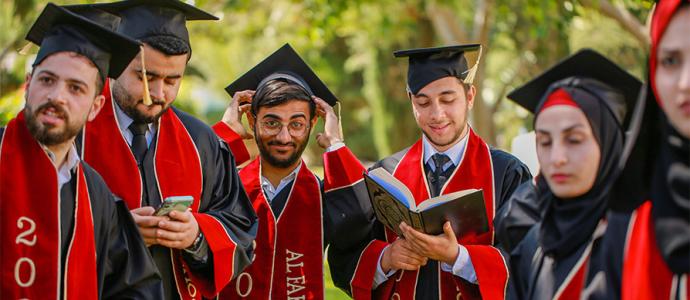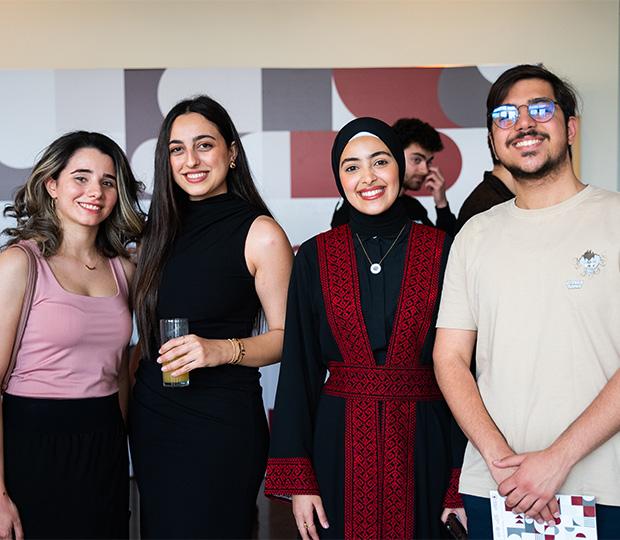Leveraging Regional Collaboration to Enhance Impact
 Although significant progress has been made in reducing the number of out of school children and youth (OOSCY) in Southeast Asia, millions of primary and secondary school-aged children remain out of school in the region *.
Although significant progress has been made in reducing the number of out of school children and youth (OOSCY) in Southeast Asia, millions of primary and secondary school-aged children remain out of school in the region *.
To address the diverse barriers facing out of school children (OOSC) in the region, Education Above All (EAA) Foundation, through its programme, Educate A Child (EAC), and UNESCO Bangkok partnered to support enrolling and retaining OOSC in ten Southeast Asian countries through research, policy advocacy, capacity development and the scaling up of flexible learning strategies **.
As part of this partnership, the ASEAN Declaration on Strengthening Education for Out-of-School Children and Youth (the Declaration) was drafted with inputs from the Association for Southeast Asian Nations (ASEAN) member states, and subsequently endorsed by all ten member states at the 28th ASEAN Summit in September 2016, becoming one of the first regional commitments to focus on OOSCY. Since its endorsement, the ASEAN member states have mounted regional and country level efforts to uphold the regional commitment to improve access to education and reduce the number of out of school children and youth.
In order to contribute to the body of global knowledge on OOSC, EAA Foundation commissioned Results for Development (R4D) to conduct an in-depth case study to document and analyse ASEAN’s regional approach to addressing OOSC.
More specifically, the objectives of this study are to distil and document the following:
- The extent to which the Declaration impacted regional and country-specific policies, strategic planning and practices around OOSC in ASEAN member states, with specific focus on:
- Innovative and effective actions and approaches;
- Improvements in monitoring, reporting, data and information management systems on OOSC; and
- Progress and results achieved to date.
- The contextual factors resources and aspects of the Declaration’s development and implementation process that stimulated or hindered its impact;
- Possible lessons the Declaration’s development and implementation hold for other regions; and
- The role EAA Foundation, UNESCO and other partners’ support played in enabling the impact of the Declaration.
The case study is structured around the four study objectives as follows.
- Section II describes the study methods R4D used and the scope and limitations of the study.
- Section III presents the background and describes the condition of OOSCY in Southeast Asia and within ASEAN member states, highlighting common characteristics of OOSCY and their barriers to education.
- Section IV describes the Declaration, situates it within the broader EAA Foundation and UNESCO Bangkok partnership, and explains the key stakeholders and events that contributed to the Declaration’s development and implementation.
- Section V presents the impact of the Declaration since its endorsement (Objective 1).
- Section VI discusses the factors that enabled the Declaration’s development and implementation, challenges and limitations faced in the process, recommendations for continued progress and lessons the Declaration’s approach holds for other regions (Objectives 2, 3 and 4). Finally, Section VII describes EAA Foundation’s role in enabling the Declaration’s development and subsequent impacts (Objective 4).
- Annexes include references, a list of individual interviews and a copy of the Declaration.
* "UNESCO Bangkok. “Situation Analysis of Out-of-School Children in Nine Southeast Asian Countries.” 2017."
** UNESCO Bangkok defines flexible-learning strategies as alternative-educational programmes targeted at reaching those most marginalised. Flexible-learning strategies can take many forms, but are equivalent to formal or vocational education. UNESCO Bangkok. “Flexible Learning Strategies for Out-of-School Children (OOSC) and Youth.” Website. Accessed 20 March 2020.

















